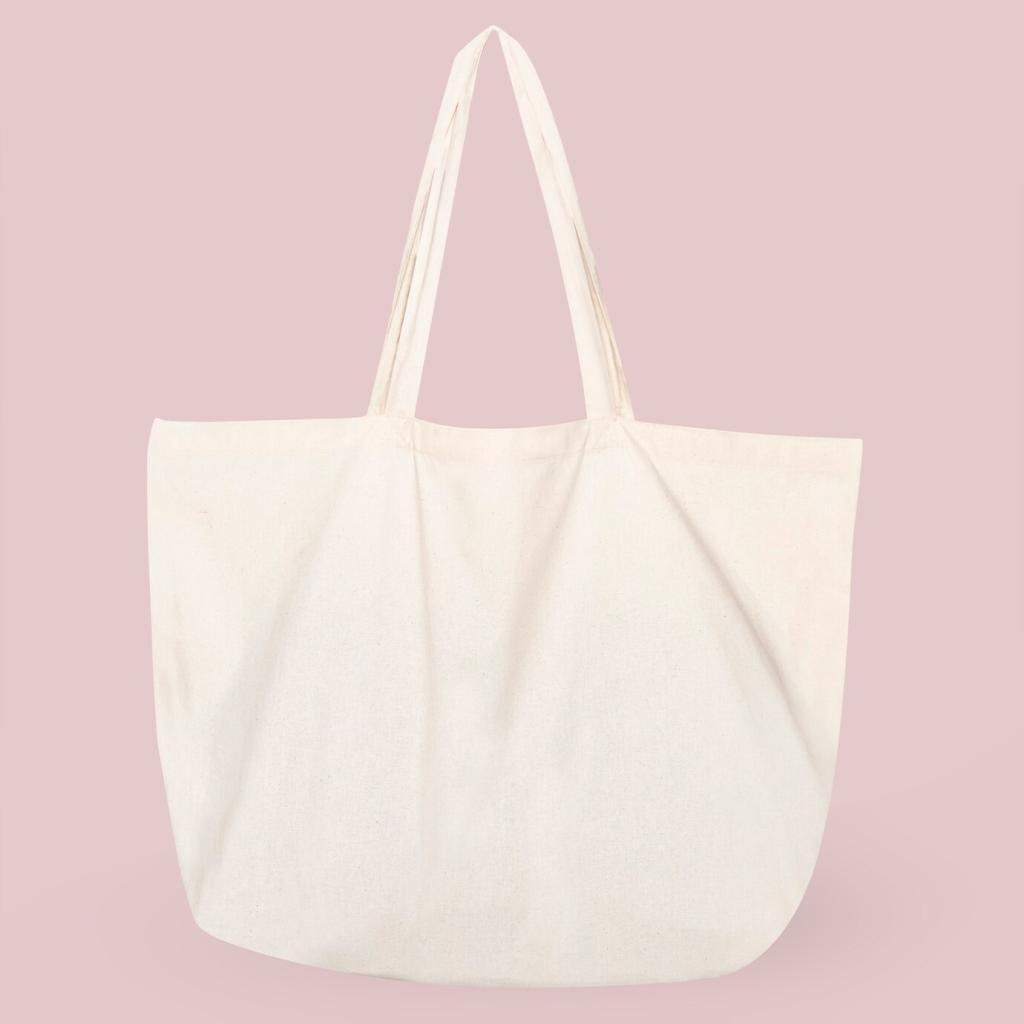This website uses cookies so that we can provide you with the best user experience possible. Cookie information is stored in your browser and performs functions such as recognising you when you return to our website and helping our team to understand which sections of the website you find most interesting and useful.
Eco-Friendly Materials in Interior Design
Eco-friendly materials are revolutionizing the world of interior design, offering aesthetically pleasing and sustainable alternatives to conventional substances. By integrating environmentally conscious materials, interior spaces can minimize negative impacts on the planet, foster improved indoor air quality, and support responsible resource management. Homeowners and designers are increasingly recognizing the value and beauty that eco-friendly choices can lend to contemporary and traditional interiors alike. This approach not only addresses urgent environmental concerns but also appeals to clients who want to reflect their values in their living or working environments. Exploring sustainable options in interior design reveals a diverse range of choices that contribute to a healthier planet while redefining style and comfort.
The Importance of Sustainable Interiors
Environmental Impact Reduction

Natural Fibers in Upholstery and Textiles
Organic Cotton
Linen and Hemp
Wool in Sustainable Design

Bamboo as a Renewable Resource
Cork Flooring
Recycled Content Tiles
Low-VOC Paints and Finishes


Green Building Certifications and Standards


